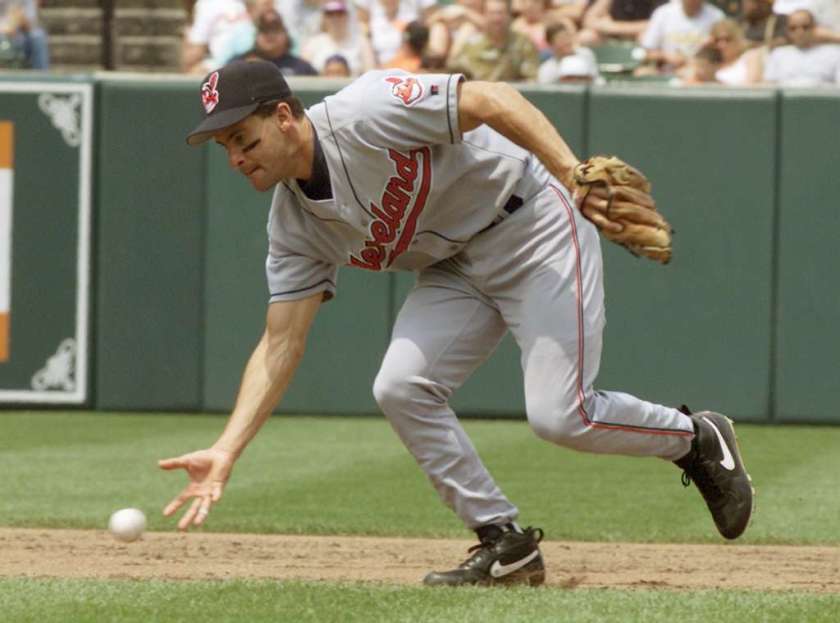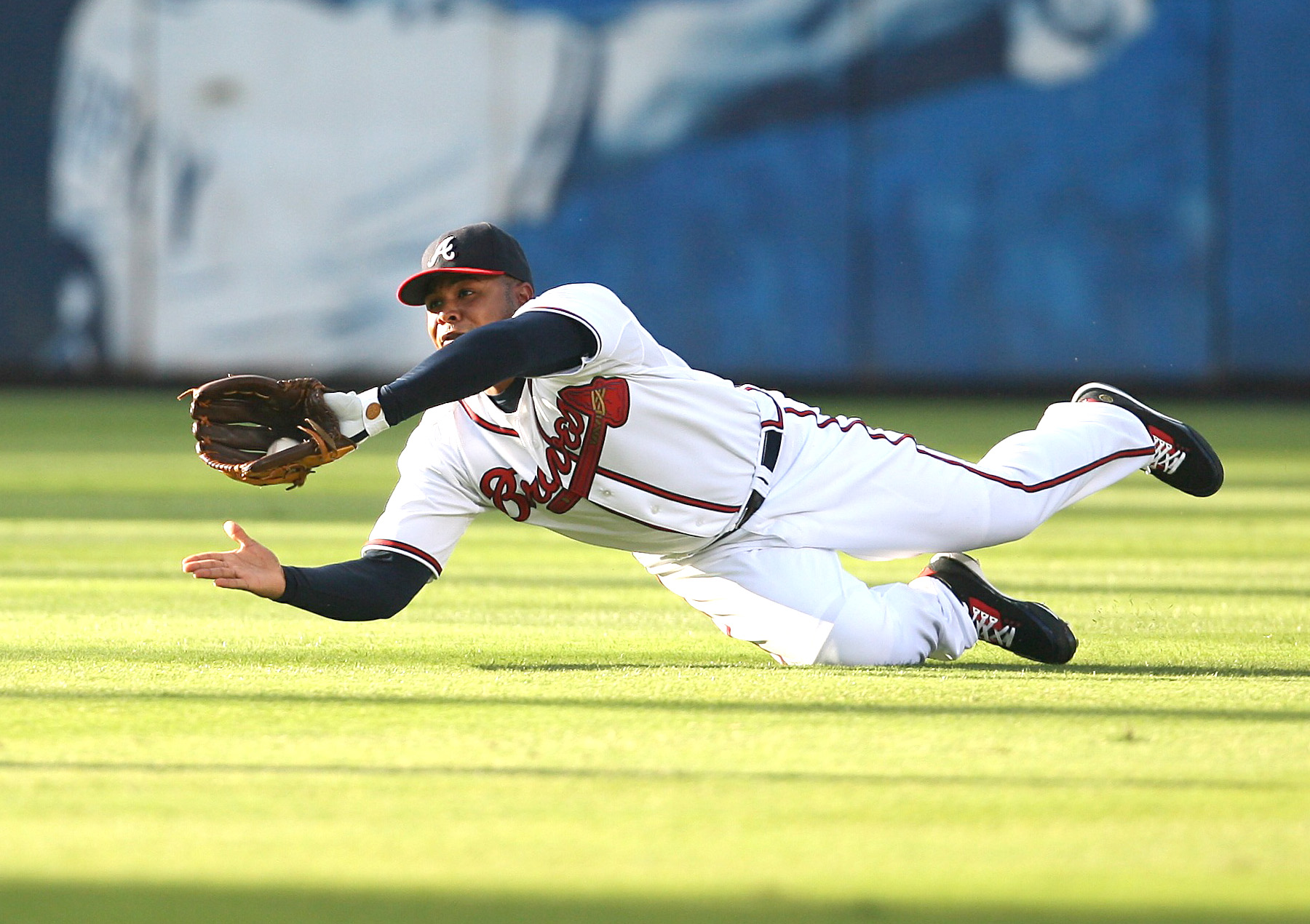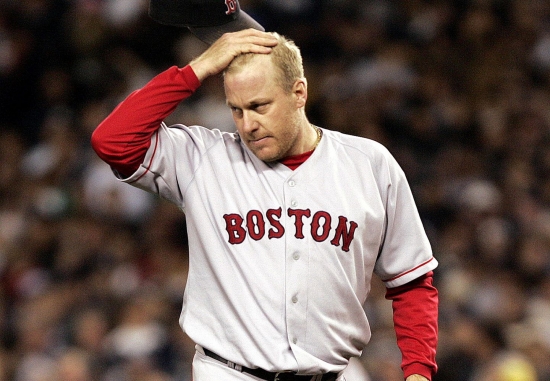Index
2021 BBWAA Hall of Fame Ballot: Introduction
After what is surely the most abnormal season in baseball history, Hall of Fame voting does seem to have returned to "normal." At least for 2021. The 2010s, particularly from 2013 on, offered the most logjammed ballots since voting by the Baseball Writers' Association of America (BBWAA) began in the mid-1930s as every year seemed to offer more qualified Hall of Fame candidates than voters, limited to a maximum of ten choices on their ballots, could actually vote for.
Exacerbating the squeeze was the decision by the Hall, effective for 2015 voting, to limit the amount of time a candidate can remain on the ballot from 15 years to 10 years. Combined with the limitation on the maximum number of candidates a voter can select, which is ten candidates, this limitation on the length of time a candidate can remain on the ballot has resulted in candidates squeaking into the Hall in their final year of eligibility, candidates falling off the ballot in that final year because of insufficient votes, and candidates falling off the ballot as early as their first ballot because of the logjam that prevented them from attaining the five-percent minimum need to stay on the ballot.
Fortunately, both the BBWAA and the veterans committees, specifically the Today's Game Committee and the Modern Baseball Era Committee, responded by electing a total of 27 players and six non-players to the Hall starting in 2014, with the BBWAA having elected 22 of those players. This has lightened ballots rolled over to subsequent voting years, although for 2021 there are 14 returning candidates, with just about every candidate owning a Hall of Fame case ranging from borderline to compelling.
However, of the 11 newly-eligible candidates debuting on the 2021 BBWAA ballot, none are likely to be voted into the Hall of Fame. This spells good news for the 14 returning candidates, all of whom experienced positive increases in their vote totals on the 2020 BBWAA ballot, which saw just two candidates elected to the Hall: Derek Jeter, a near-unanimous pick in his first year of eligibility, and Larry Walker, who snuck over the 75-percent threshold in his final year of eligibility—and you couldn't ask for a wider gap between election scenarios than that. Furthermore, of the 17 candidates who debuted on the 2020 BBWAA ballot, only Bobby Abreu managed to survive to this year's ballot as he mustered just over five percent of the vote to remain in contention.
On the ball? With a lack of worthy first-time candidates in 2021, can returning candidates such as Omar Vizquel make significant progress toward the Hall of Fame?
Simply put, the 2021 BBWAA ballot is all about the returning candidates, with eight of them in their "decline phase" as, on this ballot, they have reached at least the halfway mark of their ten-year maximum on the ballot. Controversy remains with us, though, as among the returnees are candidates notorious for their association with performance-enhancing drugs (PED), most notably Barry Bonds and Roger Clemens, with Andy Pettitte, Manny Ramirez, Gary Sheffield, and Sammy Sosa lined up behind them.
The PED issue will not only not go away, it will roar back to life with the 2022 ballot as Álex Rodríguez and, to an extent, David Ortiz make their debuts on a Hall of Fame ballot. Thus, the 2021 ballot is the calm before the storm, and not just because of PED. The 2022 ballot will mark the debut of several candidates with claims to the Hall of varying strength, making this ballot the most impacted of the next five years. (I have profiled the impact of newly-eligible players in the next half-decade in my article "Baseball Hall of Fame: Ballot Forecast 2021 to 2025".)
2021 Returning Candidates
The following 14 players have had at least one voting round and are returning for 2021: Bobby Abreu, Barry Bonds, Roger Clemens, Todd Helton, Andruw Jones, Jeff Kent, Andy Pettitte, Manny Ramirez, Scott Rolen, Curt Schilling, Gary Sheffield, Sammy Sosa, Omar Vizquel, and Billy Wagner.
The table below displays voting percentages for the 14 returning players on the 2021 Baseball Hall of Fame ballot, including the number of years on the ballot (includes the current year, 2021), their first year on the ballot, their projected final year (provided they receive at least five percent of the vote each year), their voting percentage in their first year, their voting percentage in their previous year of 2019 (if applicable), their voting percentage in their latest year, and their highest percentage. Listings are ranked by the candidates' latest voting percentage on the 2020 BBWAA ballot.
|
Voting Percentages for Returning Players on the 2021 BBWAA Ballot, Ranked by Latest Voting Percentage (2020 BBWAA Ballot) |
|||||||
|
Player |
Years on Ballot* |
Initial Year |
Final Year |
Initial Pct. |
Previous (2019) Pct. |
Latest (2020) Pct. |
Highest Pct. |
|
Schilling, Curt |
9 |
2013 |
2022 |
38.8 |
60.9 |
70.0 |
70.0 |
|
Clemens, Roger |
9 |
2013 |
2022 |
37.6 |
59.5 |
61.0 |
61.0 |
|
Bonds, Barry |
9 |
2013 |
2022 |
36.2 |
59.1 |
60.7 |
60.7 |
|
Vizquel, Omar |
4 |
2018 |
2027 |
37.0 |
42.8 |
52.6 |
52.6 |
|
Rolen, Scott |
4 |
2018 |
2027 |
10.2 |
17.2 |
35.3 |
35.3 |
|
Wagner, Billy |
6 |
2016 |
2025 |
10.5 |
16.7 |
31.7 |
31.7 |
|
Sheffield, Gary |
7 |
2015 |
2024 |
11.7 |
13.6 |
30.5 |
30.5 |
|
Helton, Todd |
3 |
2019 |
2028 |
16.5 |
16.5 |
29.2 |
29.2 |
|
Ramirez, Manny |
5 |
2017 |
2026 |
23.8 |
22.8 |
28.2 |
28.2 |
|
Kent, Jeff |
8 |
2014 |
2023 |
15.2 |
18.1 |
27.5 |
27.5 |
|
Jones, Andruw |
4 |
2018 |
2027 |
7.3 |
7.5 |
19.4 |
19.4 |
|
Sosa, Sammy |
9 |
2013 |
2022 |
12.5 |
8.5 |
13.9 |
13.9 |
|
Pettitte, Andy |
3 |
2019 |
2028 |
9.9 |
9.9 |
11.3 |
11.3 |
|
Abreu, Bobby |
2 |
2020 |
2029 |
5.5 |
NA |
5.5 |
5.5 |
* Includes current year (2021).
The good news: All 14 returning candidates received an increase in voting totals, this most likely arising from the easing of the ballot logjams of the 2010s.
The better news: For Curt Schilling, who ten years ago I noted would be a problematic Hall of Fame candidate (and having nothing to do with social media), his 9.1-percent increase, while not as dramatic as other candidates' increases, is heartening. With 70 percent of the vote last year, he seems poised to cross the threshold into Cooperstown this year on a ballot with no new Hall-worthy candidates. However, early voting results revealed publicly show only incremental progress for Schilling, who may have to wait another year before preparing an induction speech. After this year, Schilling has only one more year left on the BBWAA ballot.
The only other returning candidate within striking distance is Omar Vizquel, and even his 52.6 percent, a 9.8-percent jump, suggests that he is still building his case as his initial percentage was right about where Schilling's was when he debuted.
The encouraging news: The most dramatic jump was by Andruw Jones, who hovered near the minimum threshold his first two appearances before nearly tripling his vote total last year. Jones still has a long way to reach 75 percent, but that spike is still encouraging. Scott Rolen nearly doubled his vote total, and in three votes he finds himself nearly halfway to 75 percent as he is building a successful constituency.
Playing catch-up. With an easing of the ballot logjam, returning candidates such as Andruw Jones are seeing an uptick in their voting totals. Will the trend continue in 2021?
At the halfway point in his eligibility time, Billy Wagner has reached the 30-percent mark, providing guarded optimism as the relief pitcher hopes to build on the recent influx of relievers into the Hall to make his own case. Similarly, Todd Helton should take heart in his near-doubling of support in just two appearances on the ballot—after spending his entire career with the Colorado Rockies, he might be overcoming the "Coors Effect" bias.
The curious news: And while Gary Sheffield more than doubled his voting percentage after six years on the ballot, he is a crucial fulcrum for several candidates not yet mentioned. Sheffield is tarred with the PED brush, and this leap into the 30-percent tier is both surprising and atypical. None of the other PED-associated candidates—Barry Bonds, Roger Clemens, Andy Pettitte, Manny Ramirez, and Sammy Sosa—made more than incremental increases on the 2020 ballot.
Whether Sheffield is adjusting to his expected level of support or is actually making a move toward induction hinges on the voting support he receives on this ballot. Because what has become clear is that candidates with pronounced PED associations—most notably Bonds, Clemens, and Sosa, who have survived eight votes already—are unlikely to receive sufficient support to be voted into the Hall of Fame.
The not-so-encouraging news: As for Jeff Kent, whose induction I also advocated for a decade ago, although he moved from the mid-teens to the mid-twenties in percentage voting for the first time, he must triple his voting support in the three years he has left on the ballot to gain the 75 percent of the votes he needs for the Hall. Whether Kent's campaign will take the successful course of Edgar Martinez, Tim Raines, or Larry Walker, all of whom were voted into the Hall in their final year on the ballot, or the course of Jack Morris, Lee Smith, or Alan Trammell, all of whom did not enter Cooperstown on their final ballot, depends on how much support he gets on the 2021 ballot. Morris, Smith, and Trammell were ultimately elected to the Hall by the veterans committees, which may be the only mechanism to elect Kent (or Fred McGriff, eliminated on the 2019 ballot).
The guarded news: Bobby Abreu managed to garner enough support on the 2020 ballot to return this year. The lack of newly-eligible candidates on this ballot helps Abreu, whose case is built on longevity and sabermetrics, but by the same token he is also competing with his fellow returnees, more than half of whom have passed the halfway mark in their ballot tenure and are more likely to receive greater attention by voters.
To prognosticate: Curt Schilling has the greatest probability of being elected to the Hall of Fame on the 2021 BBWAA ballot—although that is by no means a certainty. Omar Vizquel will likely reach the 60-percent tier, with Scott Rolen and Billy Wagner probably moving up to the 40-percent tier and possibly the 50-percent mark. Todd Helton and Andruw Jones could also receive 10-percent bumps, while Jeff Kent, who must begin to make significant increases, could reach the mid-30s or even the 40-percent mark.
As for the PED penitents, Gary Sheffield's surprising leap in 2020 is the wild card that might apply only to him, and it might have been just an anomaly. None of the PED penitents are likely to make any significant headway. The 2021 ballot is probably the best opportunity for all of them, especially Bonds, Clemens, and Sosa, who have just two more chances on a BBWAA ballot, to make a significant increase—the 2022 ballot and the debut of Álex Rodríguez is sure to ignite the furor that began in 2013, when all three debuted themselves.
Having summarized the returning candidates, let's turn now to the first-time candidates on the 2021 BBWAA Hall of Fame ballot.




Comments powered by CComment